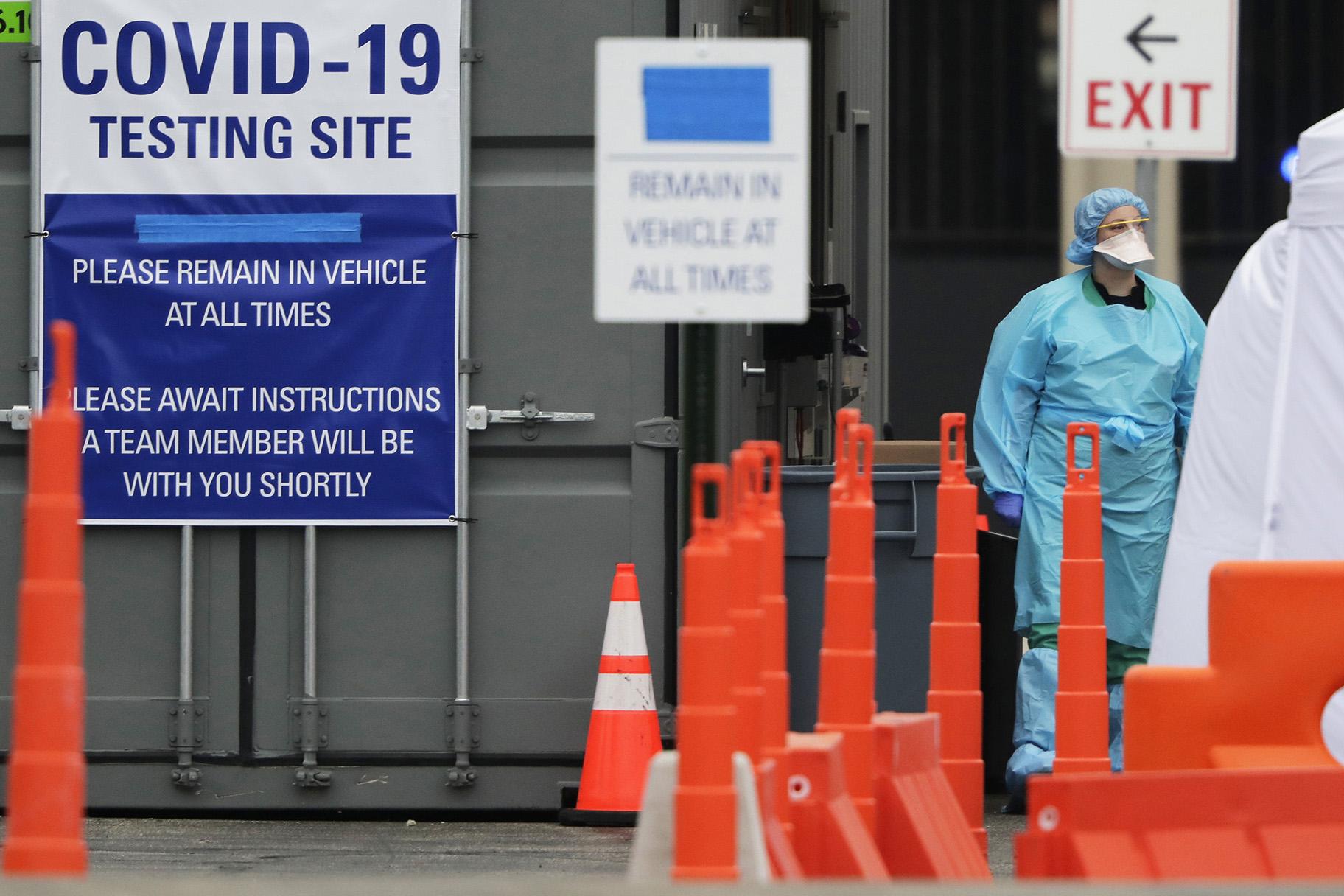
When the Americans with Disabilities Act (ADA) was first passed in 1990, I was eight years old. I did not really learn what the ADA meant until I turned seventeen and attended a youth leadership forum in Ohio for high school students with disabilities. There, I met civil rights attorney Ted Kennedy, Jr. and learned about the ADA’s protections in accessibility.
Living with a visual impairment, I knew even then that accessibility would be a necessity for me for the rest of my life. As I’ve gotten older, accessibility has become all the more important—especially in the context of the recent coronavirus pandemic.
In January 2020, the U.S. Department of Health and Human Services declared the novel coronavirus (COVID-19) a “public health emergency” in the United States. The impact created by this public health emergency highlighted, once again, the necessity of centering disabled people. Almost immediately, disability advocates voiced concerns that disabled people were not included in regular conversations about COVID-19.
COVID-19 has transformed everyday life for all of us. Healthcare, work, education, and shopping have all changed, but the pandemic has presented a particular set of challenges for disabled people. People have a tendency to see the ADA as a definitive panacea to the “problem” of disability, but the reality is that even with the protections of ADA, accessibility continues to be an issue for disabled people. With COVID-19, these issues have only increased. One such example is the accessibility of drive-thru medical testing sites for COVID-19.
Because of my specific visual impairment, I cannot drive. Like many other people with various disabilities, I either depend on public transportation or rely on someone to provide me with transportation. What happens when those are not options?
I cannot drive myself to a testing site. Public transportation is not going to be available to go through one of these testing sites. It might get me in the area, but it certainly does not allow me to go through the testing site. Asking someone else to also take you seems wrong, if not unethical—unless it is someone you are living with such as a family member. In my current situation, I have lived out-of-state away from my entire family. What is a disabled person supposed to do in these circumstances? Drive-thru testing sites are necessary for testing people during a public health crisis, but they create a difficult situation for people like myself who require accessibility.
This is just one example of how accessibility barriers are lacking in drive-thru medical testing sites. There are several other examples of inaccessibility that can have serious consequences for disabled people. Other examples include website accessibility to register for the drive-thru testing site, access for wheelchair users, access for service animals, and ways to inform sites about accommodation requests.
How can testing sites ensure accessibility? What does the ADA require as far as accessibility in this situation? Some guidance has been provided in drive-thru medical sites under the ADA. But, COVID-19 is a new experience even in the world of emergency preparedness and there will be unanticipated access needs which can only be identified through the experiences of disabled people. This may even eventually require amendment of the ADA or other disability legislation to ensure that people with disabilities are provided with the extent of accessibility required in these circumstances to have the same opportunity to have medical testing.
While laws are often written in a generalized way to protect rights, we are also seeing how issues that were not thought about because of modern developments can lead to disputes over the law. Most recently, these failures in the ADA have been demonstrated over the issue of website accessibility, which also plays a role in drive-thru testing sites where online registration is required in advance. The pandemic has moved much of our lives online, highlighting the absolute necessity of accessibility.
As we celebrate the 30th anniversary of the ADA and its victories, we must also think about what accessibility means and requires in our modern world. The ADA was passed in 1990, and our world has changed substantially since then. It is important the law is responsive to these changes and addresses new issues to continue to ensure the rights of people with disabilities are protected. In many ways, our world has dramatically changed because of COVID-19 as a public health emergency. Even if we are able to come back to some idea of a “normal” life, it will not be the same. More than ever, we have to think about what this means for accessibility and the ADA in public health emergencies to ensure people with disabilities have the same opportunities to thrive in society.
As a person with a disability, it is important to know I am protected by the ADA as far as accessibility when it comes to medical testing. The ADA represented opening the doors wide to civil rights for people with disabilities that were long overdue. We must take the moment to celebrate those thirty years of progress. Our history is significant. But we must also be mindful that those rights and safeguards are only as good as they adapt to the modern world we are living in where medical testing and website accessibility are critical during a public health emergency like COVID-19.

-Laura C. Hoffman is a lawyer and legal scholar specializing in disability law and children’s legal issues. She can be reached on Twitter as @DrLCHoffman.
Header: File photo (March 19, 2020) showing medical personnel conducting drive-through COVID-19 coronavirus testing at a hospital in Park Ridge, Ill. (AP Photo / Nam Y. Huh).
IThank you for sharing this much needed conversation. People with disabilities cannot afford to wait another 30 years for another nation-wide crisis.